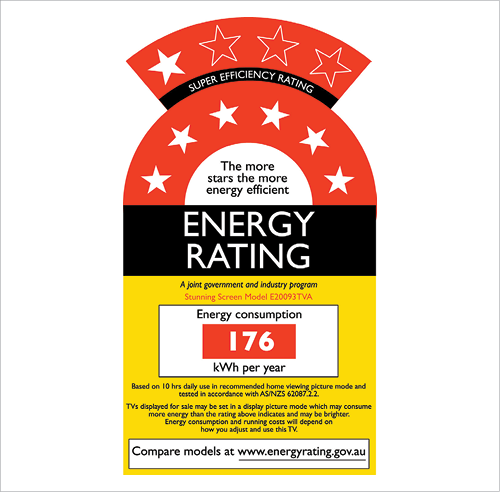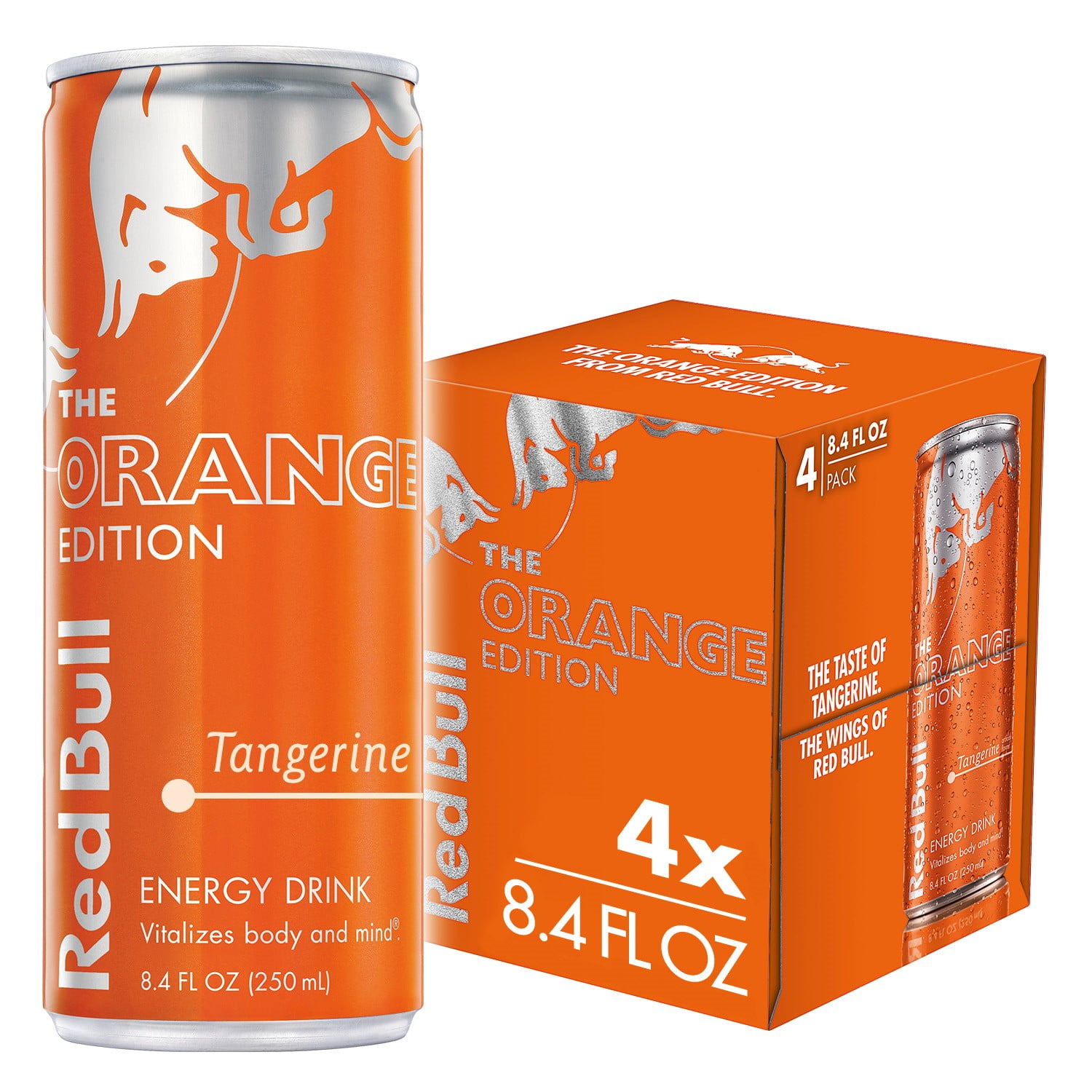41 about energy rating labels
Regulations: energy information - GOV.UK 10.04.2014 · Energy labels for certain products are being gradually re-scaled to display A – G energy rating classes instead of A+++ – G energy rating classes. The … Energy Rating Labels - Buying and Using Appliances | Gen Less The Energy Rating Label makes it easy to compare energy efficiency and running costs of similar appliances when you're deciding which to buy. An appliance with more stars on the label is more energy efficient - meaning you can save money on running costs, and New Zealand can save energy and emissions. Energy Rating Labels explained - Consumer
Understanding the label | Energy Rating Energy rating labels provide consumers with information on the energy efficiency of a product.. There are two main types of labels – comparison labels and endorsement labels. Comparison labels. Comparison labels allow consumers to compare the energy consumption of similar products and factor lifetime running cost into their purchasing decision.

About energy rating labels
Regulations: energy information - GOV.UK The energy label is common across the UK, with variations according to GB or NI placement on market, and must include: the model number of the product and the suppliers name or trademark the amount... EU energy labelling requirements - Your Europe Since March 2021, the energy label rating system uses A to G rankings only, instead of A to D ratings as before. This new rating system applies to the following product groups: refrigerators dishwashers washing machines televisions light bulbs and lamps The first 4 product groups must feature the rescaled labels from 1 March 2021. What's the Energy Rating Label all about? - The Origin Blog Origin's Future Energy Report tells us our top priority in appliance selection is price, with 83% of respondents saying price is very/extremely important. However, running a close second is energy star rating, with 75% saying the rating is very/extremely important, up from 70% last year. This indicates an increasing level of energy literacy ...
About energy rating labels. Energy Performance Label | National Fenestration Rating Council Door-specific Rating The circled value shows you the rating a door has received. Each rating is split into two values: Solar Heat Gain, and U-Factor. Solar Heat Gain Coefficient measures how well a product can resist unwanted direct or indirect solar radiation. This radiation can cause your home to heat regardless of outside temperature, which may be favorable or unfavorable … Reading the Residential Label - AERC Energy Rating The "Warm Climate" rating indicates your potential energy savings when using that particular product when it's warmer outside, and your home may use more air conditioning. Higher energy improvement rating numbers, and those that are closer to the maximum (max) for that product category, will provide greater energy savings. Reaching the "Max" Energy ratings: everything you need to know Boilers and other forms of heating such as heat pumps got new energy labels in 2015. Beyond an A++-G rating, the label includes information such as the level of sound they produce and for some product types whether the heater has the capacity to generate electricity - the latter accounting for the fact that the heating market is changing, with more low carbon options. Energy Rating Label | EECA Energy Rating Label Star rating shows efficiency The Energy Rating Label applies to certain products under the Energy Efficiency (Energy Using Products) Regulations 2002. These products must display the label when they are offered for sale. EECA administers the label compliance in New Zealand. The label also applies in Australia.
Understanding the label | Energy Rating Energy rating labels provide consumers with information on the energy efficiency of a product. There are two main types of labels - comparison labels and endorsement labels. Comparison labels Comparison labels allow consumers to compare the energy consumption of similar products and factor lifetime running cost into their purchasing decision. Energy labels decoded | Currys TechTalk Back when energy labels were first introduced 20 years ago, the rating system was fairly simple. An A for the most energy efficient appliances and F for the least. But things got a little more complicated as new, more efficient products started coming out. That's how we've ended up with ratings of A+, A++ and even A+++ in the mix. Label | Energy Rating Use the Energy Rating Label to work out rough running costs with some simple maths. It’s easy – just take the energy consumption figure – and divide it by 4. For example, if the Energy Rating Label on a washing machine says it uses 400 kWh, it means it will roughly cost you $100 per year to run. Easy! This is because across Australia energy rates range from under 20 c to just over … About energy rating labels | EECA The Energy Rating Label helps people compare energy efficiency and running costs of similar appliances when deciding which to buy. Learn more Zoned Energy Rating Label The new Zoned Energy Rating Label tells you which heat pumps/air conditioners will perform best in different climate zones of New Zealand and Australia. Learn more
Energy Efficiency Rating Guide | Electricity Prices Other energy efficiency labels in use. There are other labels for other energy saving items such as windows, a building energy rating (BER) for new houses built after 2007 and new ratings and a new label for televisions from mid 2010 which is a first in the EU. Televisions not meeting the new minimum requirements will have to be withdrawn from ... New 2021 Energy Ratings Explained!| Box.co.uk The new energy rating labels came in to effect on the 1st of March 2021. What does this mean for current products? There will be a transition period following the start date in March, where both the old and new labels will be included on products. This will ensure that you have the right label according to the current regulations. Energy Performance - BFRC The BFRC energy rating label looks very similar to other rating schemes which you may have seen on a range of products, from domestic white goods to car tyres. The bandings on the BFRC label are the result of a complex calculation which takes into account a standard size of window, standard building occupancy and average climate conditions. European Union energy label - Wikipedia A new energy label, introduced in 2010, is based on the energy efficiency index (EEI), and has energy classes in the range A+++ to D. The EEI is a measure of the annual electricity consumption, and includes energy consumed during power-off and standby modes, and the energy consumed in 220 washing cycles. For the washing cycles, a weighted mix consisting of …
Energy Labelling | Energy Ratings | SEAI Energy labelling was introduced by the EU in the 1990s. It helps consumers make a choice based on the relative energy efficiency, energy consumption, and performance of a product in typical operating conditions. By choosing energy efficient products, consumers are also helping to reduce harmful greenhouse gas emissions.
Energy rating label - Wikipedia In Australia and New Zealand, an energy rating label or energy rating is a label affixed to various appliances prior to retail sale, which allows consumers to compare the energy efficiency of product and allows consumers to know how much power a particular model will use to run.

(4 Cans) Red Bull Energy Drink, Tangerine, 8.4 Fl Oz, Orange Edition Energy Spark Energy Drink ...
Energy Ratings and Energy-Efficient Appliances | OVO Energy 05.01.2022 · Energy rating: this rating, from A to G, tells you how energy-efficient your product is. Keep reading to find out more about energy-efficiency ratings. Energy use in kWh: the label should tell you how much energy your device will use in kWh. On some labels, like those on fridge-freezers, this shows how much energy the appliance is expected to use over the course …
EnergyGuide Labels | Federal Trade Commission The labels show the highest and lowest energy consumption or efficiency estimates of similar appliance models. The Rule also requires energy disclosures for certain lighting products and water use labeling for certain plumbing products. In 2010, the FTC announced that it will begin requiring EnergyGuide labels for televisions, and that light ...
Energy rating label | energy.gov.au There are 2 label styles: The normal 6-star label. The 10-star label for appliances rated as 7 stars or higher. Energy Rating Labels must be displayed on the following new appliances: Air conditioners (single phase, non-ducted) Washing machines Clothes dryers Dishwashers Televisions Fridges Freezers Computer monitors
About the energy label and ecodesign | European Commission In 2019, the energy label was recognised by 93% of consumers and 79% considered it when buying energy efficient products, according to the Special Eurobarometer 492 . Manufacturers are keen to see their energy-labelled products in the highest available category when compared to competitors.
Energy Rating Labels explained - Consumer NZ Energy Rating Labels have two important pieces of information: the star rating and the energy consumption. Star rating The top half of the label has a star rating of up to 6 or 10 stars. The stars represent how energy efficient a model is compared to other models of the same size/capacity.
Energy rating - appliances | energy.gov.au The Energy Rating Label is mandatory on: air conditioners clothes dryers computer monitors dishwashers fridges and freezers washing machines TVs There are 2 label styles: the 6-star label and the 'super efficiency' 10-star label for appliances rated at 7 or higher.





Post a Comment for "41 about energy rating labels"